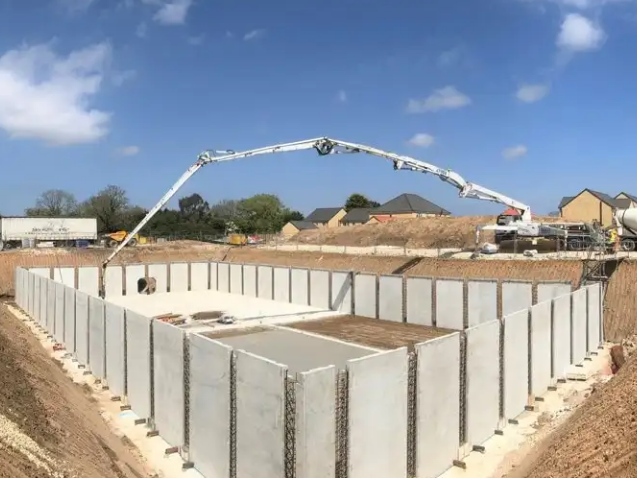How Stormwater Harvesting Helps in Pollution Mitigation
Human actions and choices can go a long way in impacting our environment. Over the years of rapid urbanization, we had destroyed the natural ecosystem in cities. Due to the wide-spread jungle of concrete, stormwater management emerged as a challenge before the urbanites. The impervious surfaces not just interfered in the natural process of surface water recharging, but also became a major cause of waterlogging and water pollution.
When stormwater passes through impervious surfaces, it carries away many pollutants and micro-nutrients. These pollutants are then deposited into the nearby water bodies, thereby degrading the water quality and disturbing the aquatic ecosystem. The pollution created by stormwater passing through impervious urban surfaces is called non-point source pollution and accounts for the largest source of water pollution.
The major NPS pollutants include the following:
- Pesticides
- Motor vehicle contaminants
- Nutrient sediments
- Road salt
- Heavy metals
- Construction materials
Being a homeowner, you can take charge of preventing pollution by all the above-mentioned pollutants. For this, you need to install an on-site stormwater management system that will effectively eliminate the pollutants from entering the waterways.
Integrating stormwater harvesting systems along with other eco-sensitive landscape techniques will help in minimizing water pollution. A well-designed stormwater harvesting system captures water from rooftops, lawn, and the surrounding landscape in an underground attenuation tank. The water stored in this tank can be filtered via numerous chemical and physical processes. One easy and cost-effective to manage the quality of stormwater is by passing it through a soil-like medium.
Well, collecting the stormwater into a tank cannot eliminate the non-point source of water pollution alone, but it also requires eliminating the root cause of the problem i. e., transportation of pollutants with stormwater. To achieve this, it is important to use low impact development strategies and implement green infrastructure practices. Constructing permeable surfaces and creating bioswales cannot just eliminate the problem of stormwater pollutant transportation as the soil and green plants absorb most of the pollutants.
With new and recent innovations, stormwater harvesting systems have been coupled with green infrastructure practices and decorative water features like rain gardens and wetland filters, creating a holistic system that collects rainwater, filters pollutants, and attracts wildlife. An additional benefit of this system is producing a soothing place for family and friends to relax and enjoy time together.
Conclusion- Stormwater management system combined with green infrastructure practices can help in mitigating the water pollution created due to the transportation of pollutants from impervious urban surfaces. There are a variety of options for stormwater management techniques that can be used to capture, clean and reuse rainwater.


Comments
Post a Comment